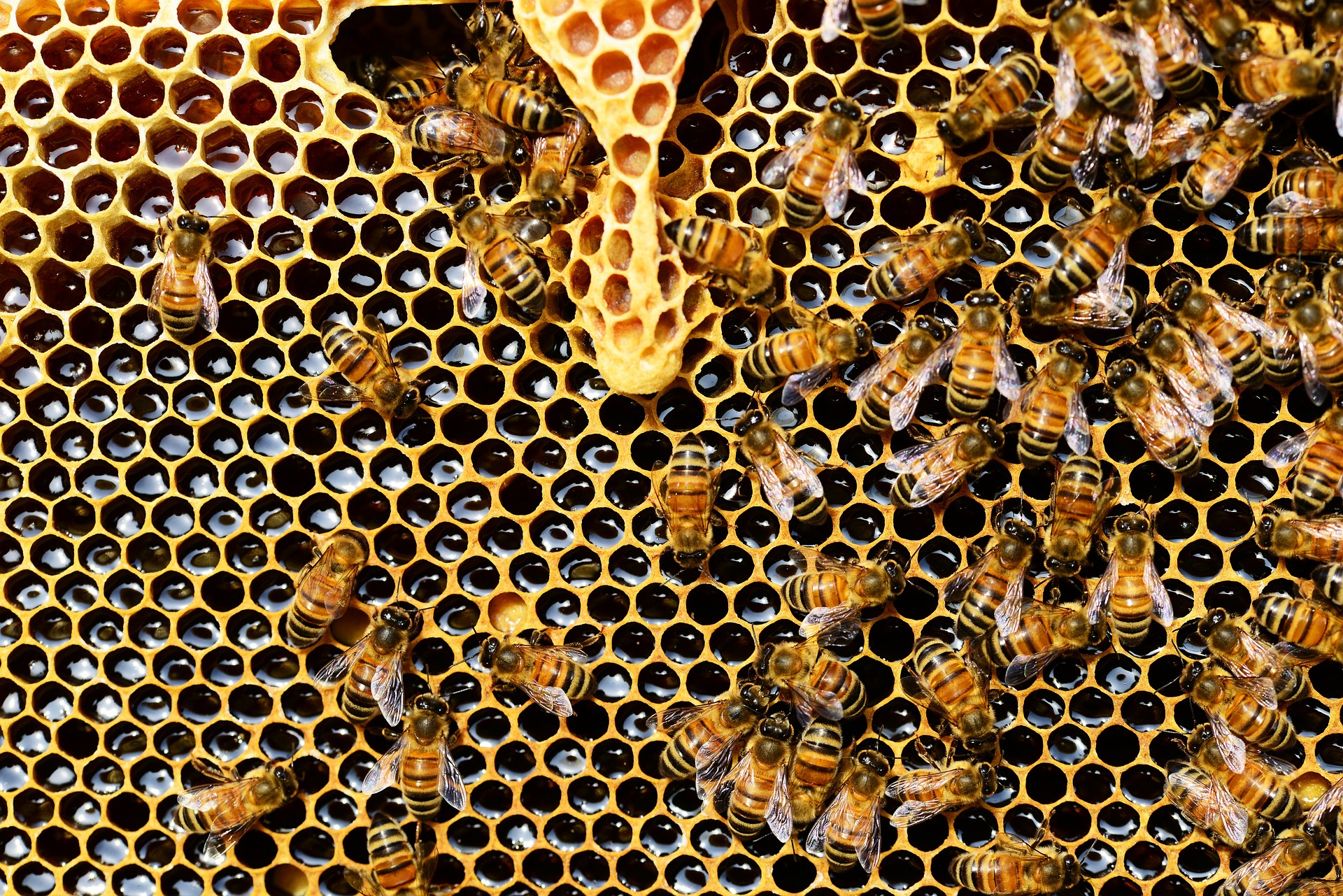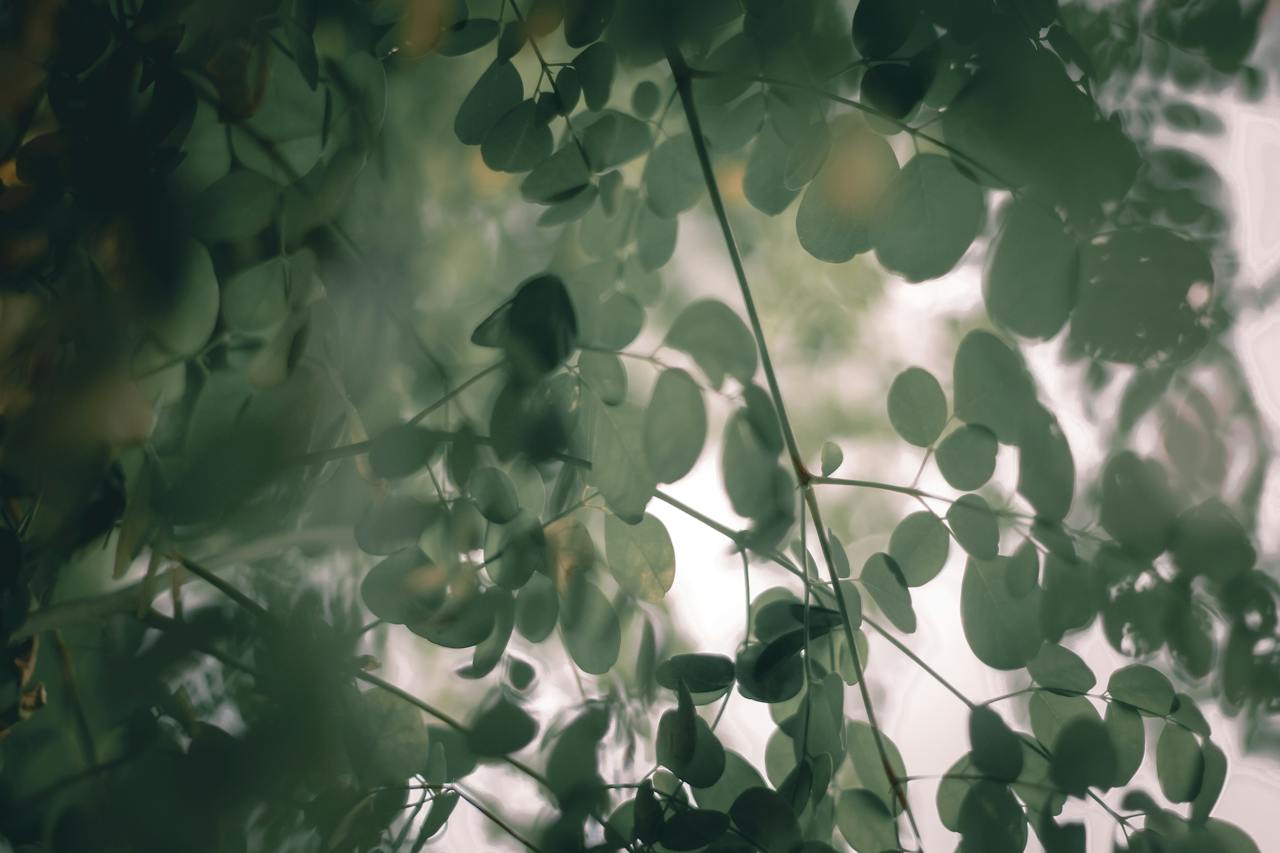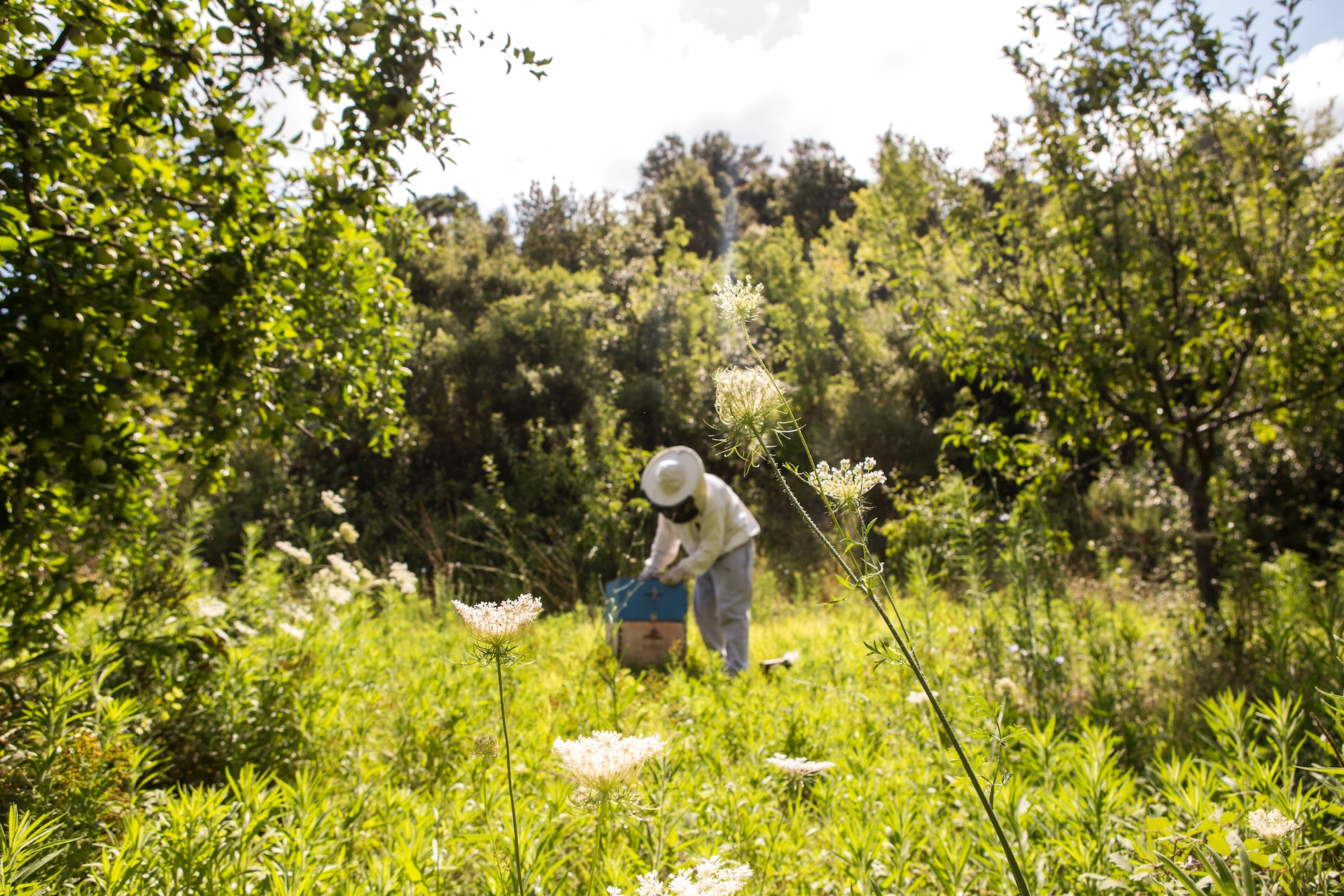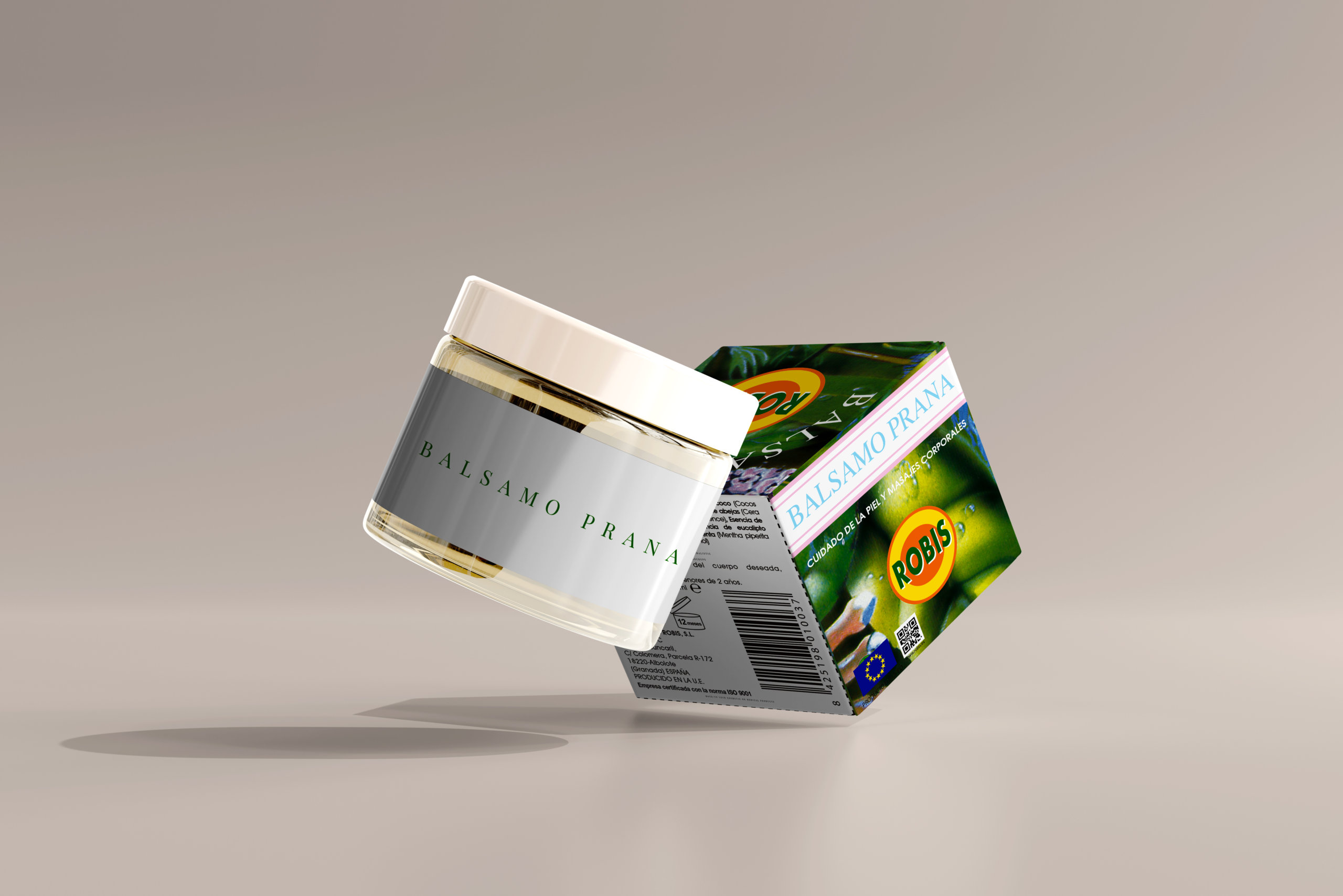
Benefits of royal jelly for the organism
Royal jelly is one of the most complete substances created by nature, due to its properties and the way it is manufactured by bees for their own nourishment.
En este post podrás leer:
Royal jelly production
Unlike other bee-derived products, royal jelly is of endogenous origin, produced by bees within their own organism. It is a yellowish-whitish liquid substance, with an acid taste and somewhat pungent, with an acid PH; secreted by the hypopharyngeal glands and by the mandibular glands of nurse bees (worker bees from 5 to 14 days old), when they have pollen, water and honey to synthesize it properly. The hypopharyngeal glands synthesize 10-hydroxydecenoic acid, known as 10-HDA, while the mandibular glands synthesize a mixture of fatty acids, of which the main component is 9-oxodecenoic acid.
In the hive, nurse bees feed royal jelly to all larvae in the hive during the first three days of age, while queen larvae feed on royal jelly throughout their life. Due to the properties of royal jelly, in only three days a larva can multiply its weight by a thousand times. The difference in the administration of royal jelly between worker larvae and queens means that they have a different evolutionary cycle. While the average life span of worker bees is between 30 and 45 days, that of a queen bee is approximately 5 years.
The key influence of the bee diet
The bee diet directly influences the production of royal jelly, pollen being the basic source for the synthesis of these fatty acids. Royal jelly production is also influenced by the age of the bee and the time of the year. When temperatures do not exceed 15ºC, the bee glands are deactivated and are reactivated when these temperatures are exceeded again. Once the glands are activated, the first royal jelly produced by the bees is not of as good a quality as the one produced later. In this second, the organic acid values increase and the quality of the royal jelly increases. The 10-hydroxydecenoic acid, or 10-HDA, is a fatty acid responsible for many of the properties of royal jelly. Furthermore, it indicates the quality and freshness of the jelly, having to be at least 1.8% for the jelly to be considered of good quality.
Components of royal jelly
Among the benefits of royal jelly we find a high protein content (including essential amino acids), fatty acids, carbohydrates, vitamins A, C, D, E and group B, minerals, water and trace elements such as iron, sodium, calcium, potassium and magnesium.
Vitamin B6, biotin, inositol and folic acid are also found in the composition of royal jelly.
Royal jelly also contains trace elements essential for life, such as potassium, iron, calcium, copper, silicon and phosphorus. It also contains various hormone bodies that enhance the benefits of the vitamins listed above. Royal jelly also contains 0.4% phosphoaminolipids, as well as a lipid-protein utilization factor with toning action.



